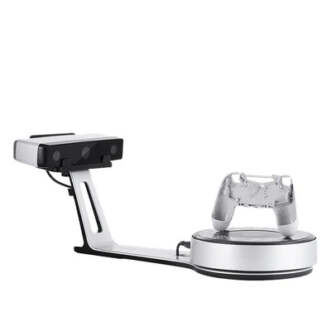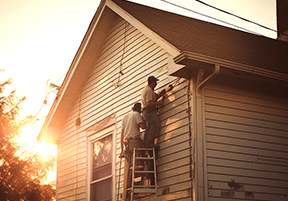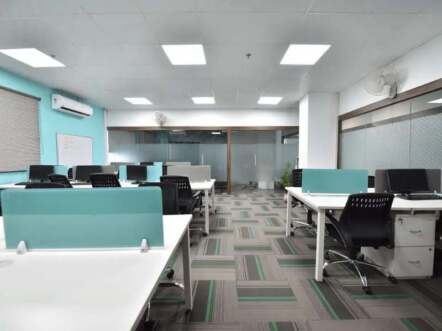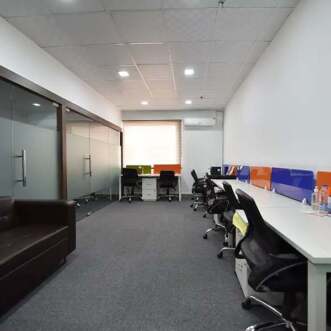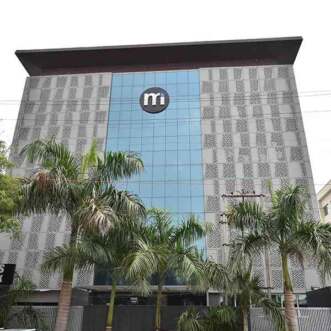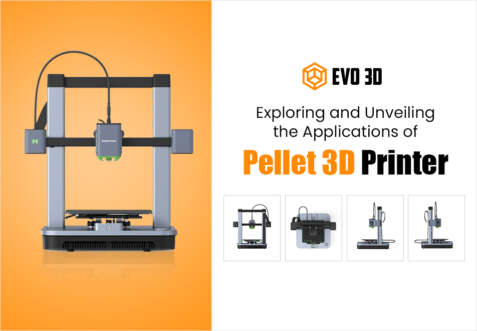
An Overview of Pellet 3D Printer & Its Benefits
The most common process that comes to mind when discussing extrusion printing is filament-based FDM. However, there are other material forms as well. Printers that have been modified to print with pellets are becoming more and more available. The materials most frequently used for injection molding are pellets or granules, which are gaining popularity in 3D printing because they can be used with a wider variety of materials than filaments and also help to save costs.
These printers are either complete kits for 3D printing pellets or add-ons for pellet extrusion heads. To better understand the pellet 3D printing market, we examined the pellet 3D printers and hybrid printers that are currently on the market in-depth for our most recent ranking.
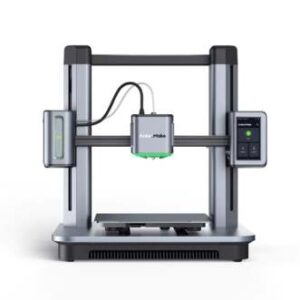
Reduce Waste and Promote Sustainability With Pellet 3D Printer
Because pellet 3D printing can reduce waste and promote sustainability, it is thought to be better for the environment. These are some of the causes:
Less material waste
By using plastic pellets rather than filament spools, pellet 3D printing can cut down on material waste. Filament spools are frequently supplied in bulk, which can lead to material waste and wastage. Conversely, pellets can be used as needed, potentially resulting in less material waste.
Lower energy consumption
In general, pellet 3D printers use less energy than other kinds of printers. Their overall carbon footprint can be decreased because they can run at lower temperatures and with less power.
Recyclable materials
Because they are frequently composed of recyclable materials, pellets can help advance sustainability. The use of biodegradable materials in the production of pellets by certain manufacturers can mitigate the environmental effects of plastic waste.
Customizable material properties
Users of pellet 3D printing can alter the material characteristics of their prints. This implies that they have the option to select environmentally friendly materials, like recycled or biodegradable ones.
All things considered, pellet 3D printing is a promising technology that could encourage sustainability and lessen waste. It is crucial to remember that the advantages this technology offers for the environment could vary depending on the precise materials and manufacturing procedures employed.
How Pellet 3D Printing Works?
The same material extrusion technology used in FDM 3D printing is also used in pellet printing. Consequently, a special extruder using plastic granules instead of FDM filament is needed to produce building parts made of thermoplastic. Although pellets are the starting point for the production of all plastic filaments, it makes sense to print straight from granular material instead of going through the manufacturing process.
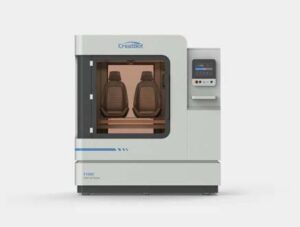
This not only lowers the cost of the material but also improves its quality because the thermoplastic properties of the pellets are degraded during the heating process creating filaments. To adapt the printer to a different type of material, some modifications to its construction are required. Pellets are fed into a hopper in high-temperature 3D printers and then transported to a dedicated print head, where they are melted and extruded layer by layer onto the build plate.
What are The Benefits of a Pellet 3D Printer?
● Cost-Effective: When comparing pellets with a filament made of the same plastic, pellet 3D printing is more affordable.
● Faster Printing Speed: 3D printers using pellets can print at a significantly faster rate than those using powder because of the large heat zones.
● Printing Large Sizes Is Possible: For very large prints, manufacturers usually use 3D printers in conjunction with pellet-fed extruders.
● Custom Material: One advantage of 3D printing with pellets is that you can mix your plastic to make incredible things! Pellets enable you to print products entirely from recycled plastic, making them an excellent way to recycle plastic waste.
Environmentally Friendly: Pellet 3D printing is being viewed as a revolutionary technology that has the potential to save the planet as more people become aware of the harm that plastics are causing to the environment.

